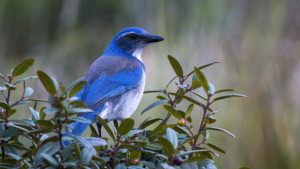
Jim Gain’s Reflections of the Natural World is one of the finest online explorations of nature anywhere. Jim has graciously permitted us to publish his new series, “Learn 100 Common Valley Birds.” While it may sound daunting, with Jim’s expert help and superb photos, learning to identify 100 common species is not only possible, it’s a great incentive to get outside and enjoy the Valley’s splendid natural history. Here’s Jim’s first offering.
In California’s Central Valley, almost anyone can learn 100 local bird species. It’s easier than you might think, especially since on a daily basis Valley residents come in contact with at least a dozen species that most recognize, but may not know the name of.
Few things on earth fill us with as much delight as birds, and knowing them by name only adds to our pleasure. Follow this series and, with a little work outdoors at your own pace, you will be able to identify 100 common valley birds.
Eazy Peazy First Bird: (You probably already know this bird.)
Just remember one thing, it’s a Scrub-Jay, NOT a Blue Jay. Blue Jays have a crest and live back east. Our beautiful jay is a California Scrub-Jay.
California Scrub Jay by Jim Gain
California Scrub-Jays are medium-sized members of the Corvid Family sharing similar characteristics with their other family members, the crows, magpies and ravens.
Scrub-Jays are easily identified by their blue upperparts, dusty-white belly with a grayish-blue back. They have a medium-sized straight bill with a hooked tip and sport a white supercilium (eyebrow line). Depending on the light, their blue feathers may range from pale blue to almost iridescent bold blue. Unlike their Blue Jay cousins back east, they do NOT have a crest.
California Scrub-Jays can be found just about anywhere in the Central Valley. They are what ornithologists call a year-round common resident and your backyard may even be a favorite spot for one. They are omnivorous and will eat bugs, lizards, berries and even other smaller birds (ouch!). Males and females are monomorphic, meaning they pretty much look the same. The opposite of monomorphic, where the males and females look totally different, is called sexual dimorphism. (Think of male vs female Mallards.)
California Scrub-Jays have strong bills which they use to break open and eat acorns and other tough foods. Jays hold the acorns by the toes of both feet and hammer them with their bills until they break open and the Jays can dig out the meat.
After completing this first bird in the series, you are now on your way to learning 100 Birds! These ubiquitous birds may be found in our backyards, parks, wildlife refuges, and most anywhere, including perching on power lines or flying overhead on a regular basis.

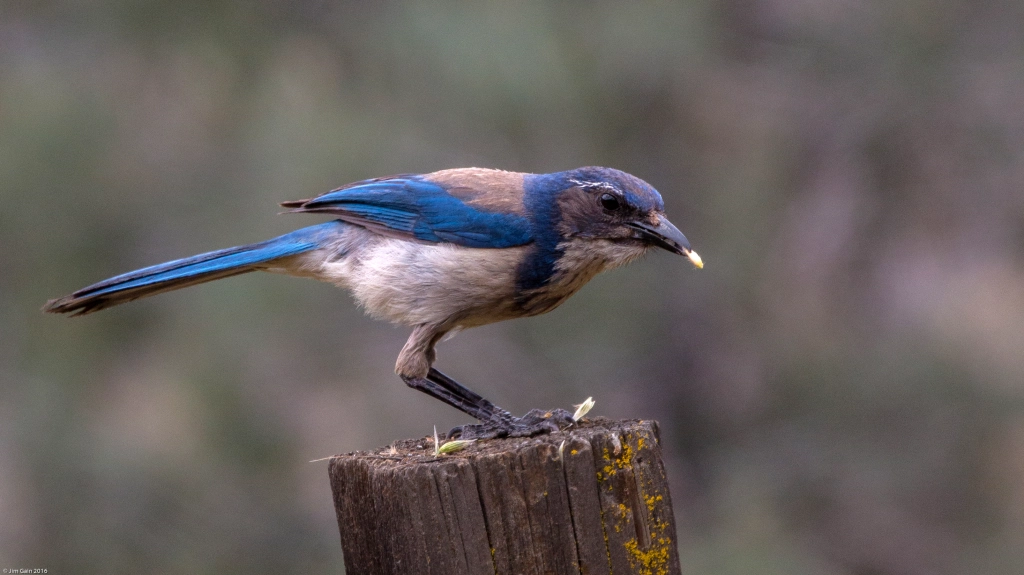
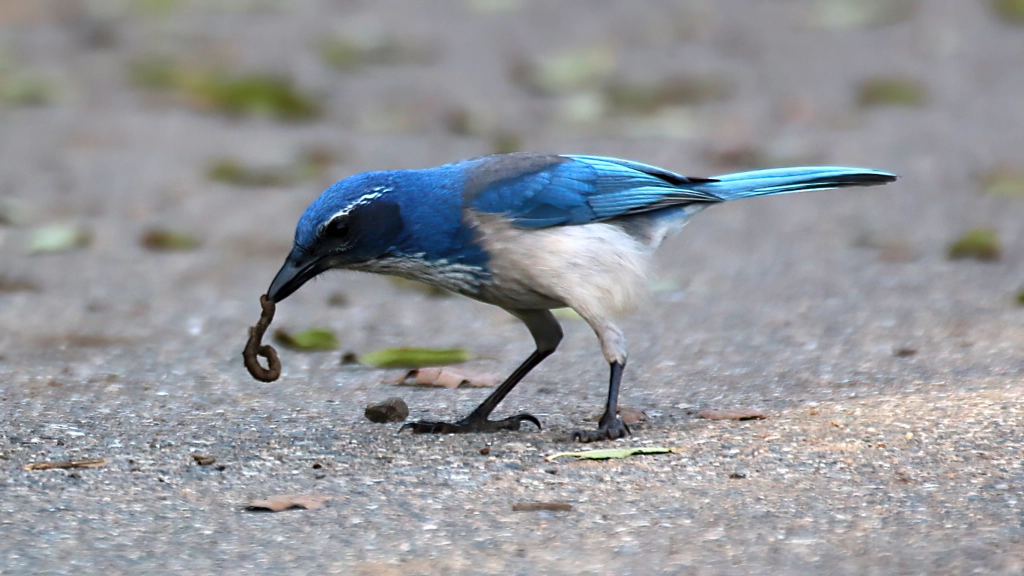
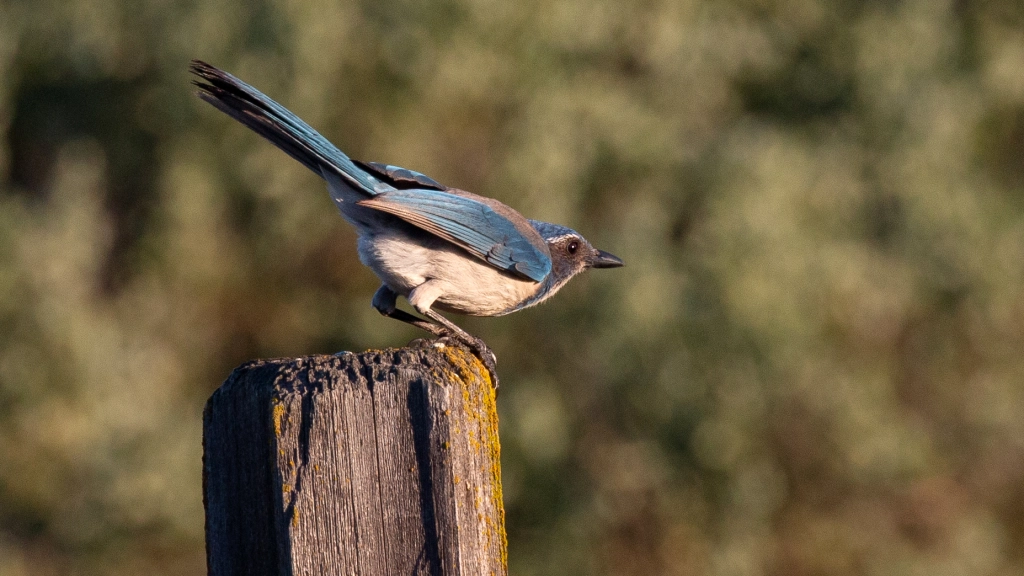
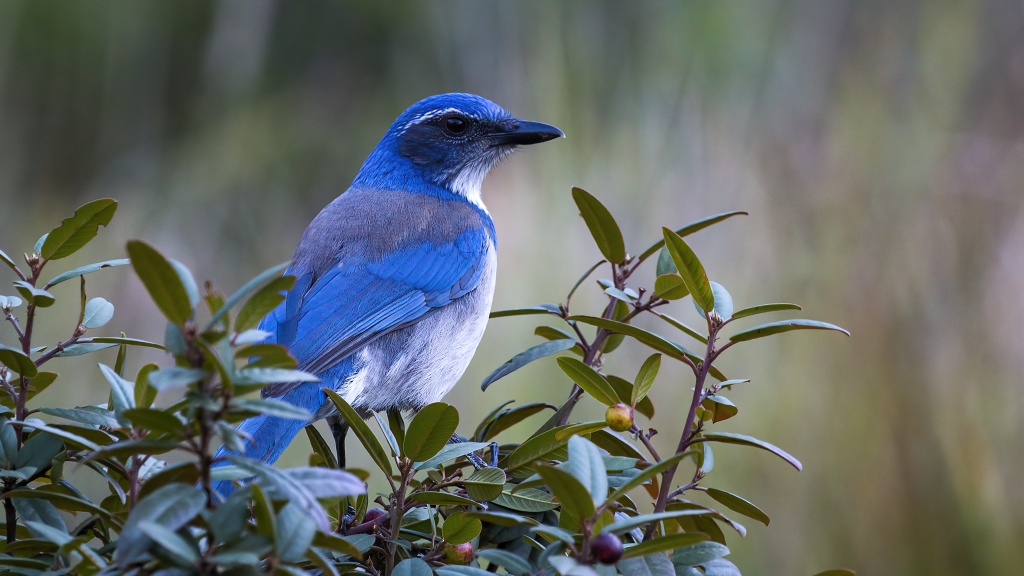
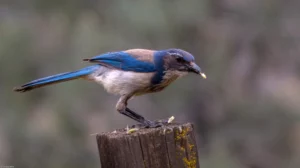
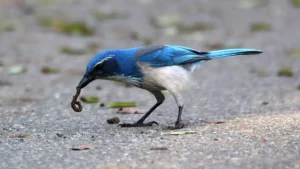
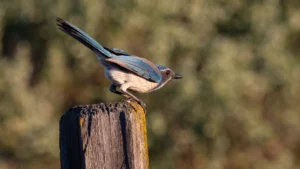

Gorgeous photos!
Eagerly await the next bird in the series! Thank you for sharing.